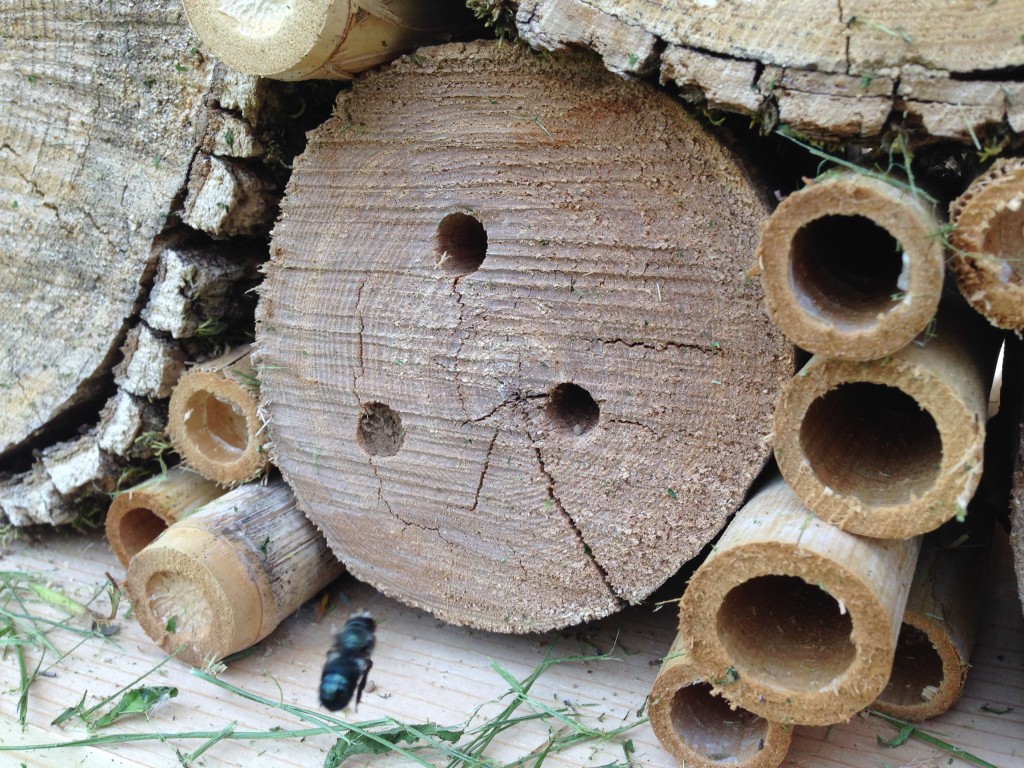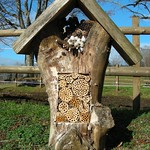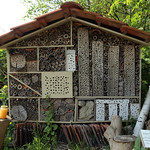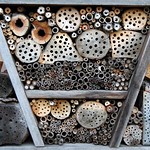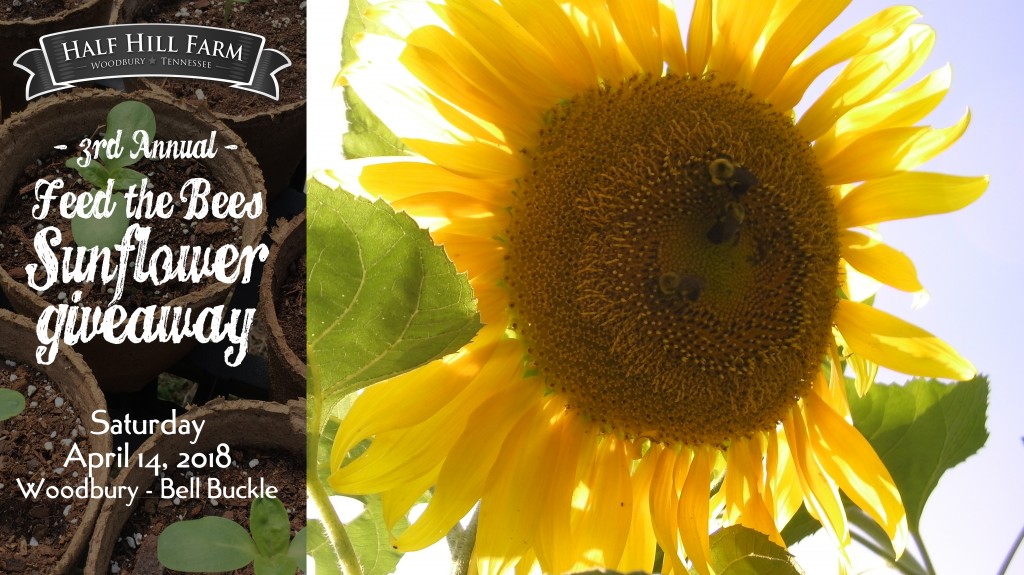
Stop by our stores Saturday April 14 in Woodbury, TN (map) or in Bell Buckle (a registered Bee City USA participant) at the Wellness Emporium (map) and pick up a free organic sunflower from Half Hill Farm!
Each sunflower that made it through the Spring frost will grow between 7-12 feet tall and was inoculated with mycorrhizal fungi to network your garden with a little Earth magic. This is our third year sharing our sunflowers as part of our farm’s commitment to spreading sanctuary for native solitary and honey bees. Our sunflowers are available with every purchase while they last.
Save the bees – diversity is key: You may not realize it, but there are several varieties of native bees that each have their own specialty when it comes to pollinating the landscape. Planting a variety of flowering plants is the best way to attract them, and hosting them in bee condos is a great way to encourage them to come back year after year. Solitary bee condos are also a great way to educate children and neighbors to respect the fragility and diversity of bees without the worries or hassle of keeping a hive of honey bees.
- Excellent Solitary Bee condo instructions with illustrations (Randy Person)
- Solitary bee condo design inspiration (Google image search)
Discover the diversity of native bees:
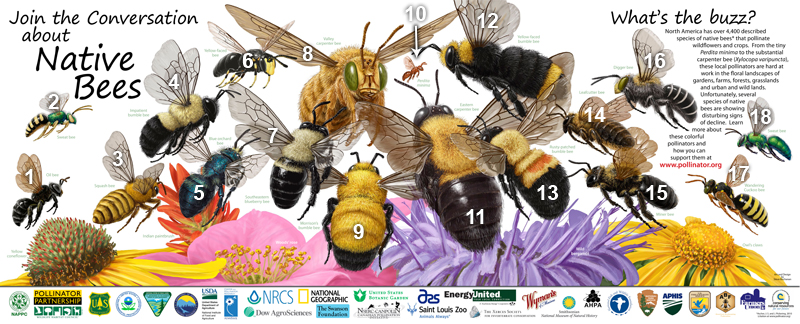
| 1. Macropis nuda. 2. Agapostemon texanus. US sweat bee 3. Peponapis pruinosa. Squash & gourd bees 4. Bombus impatiens. The Impatient Bumble Bee 5. Osmia lignaria. The Blue Orchard Bee 6. Hylaeus sp. 7. Habropoda laboriosa. The Southeastern Blueberry Bee 8. Xylocopa varipuncta. The Valley Carpenter Bee 9. Bombus morrisoni. Morisson’s bumble bee |
10. Perdita minima. 11. Xylocopa virginica. Eastern Carpenter Bee 12. Bombus vosnessenskii. 13. Bombus affinis. 14. Megachile sp. Leafcutter bees 15. Andrena cornelli. Miner bees 16. Anthophora centriformis. Digger bees, or anthophorids 17. Nomada sp. The Wandering Cuckoo Bee 18. Augochorella pomoniella. Sweat bees |

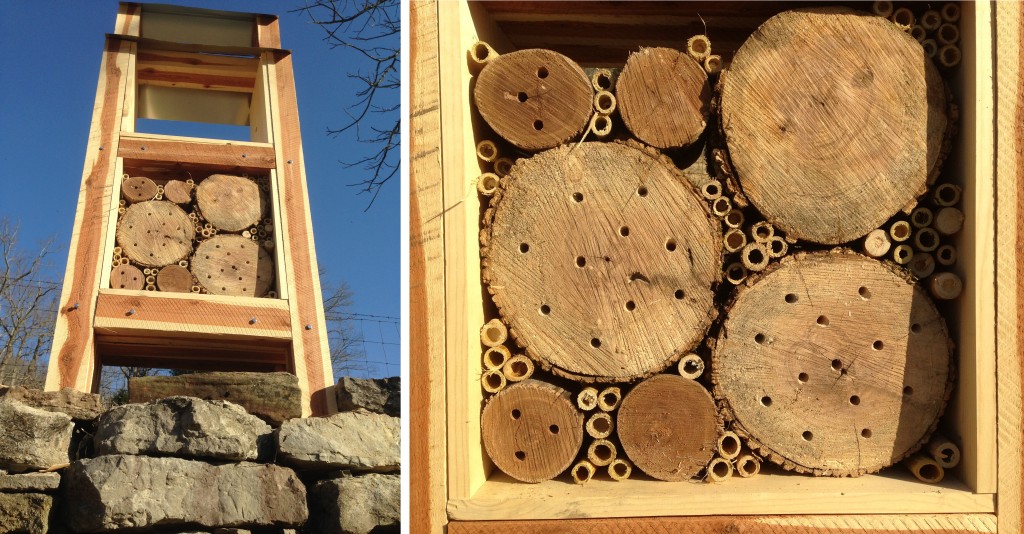
 As we were filling the bottom section, a solitary leafcutter bee kept inspecting the whole thing, and it was such a joy to witness. Last year, we noticed our top pollinators weren’t honey bees. They were native solitary orchard masons and leafcutters. Honey bees didn’t show up until very late in the season and frantically scavenged the last of the organic Genovese Basil flowers.
As we were filling the bottom section, a solitary leafcutter bee kept inspecting the whole thing, and it was such a joy to witness. Last year, we noticed our top pollinators weren’t honey bees. They were native solitary orchard masons and leafcutters. Honey bees didn’t show up until very late in the season and frantically scavenged the last of the organic Genovese Basil flowers.